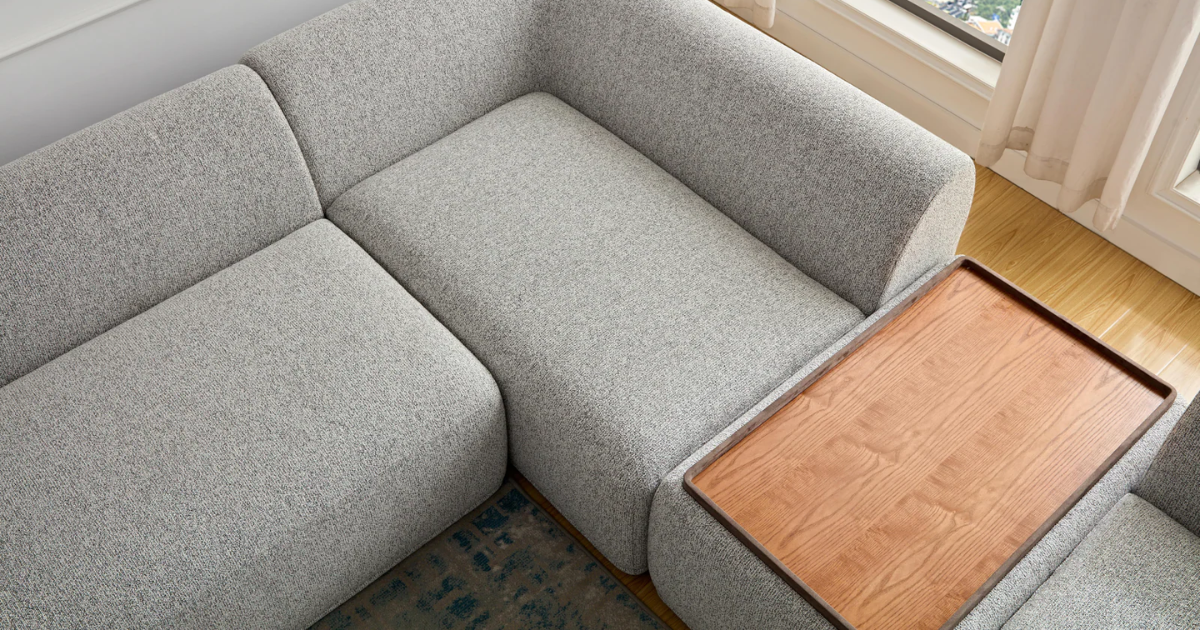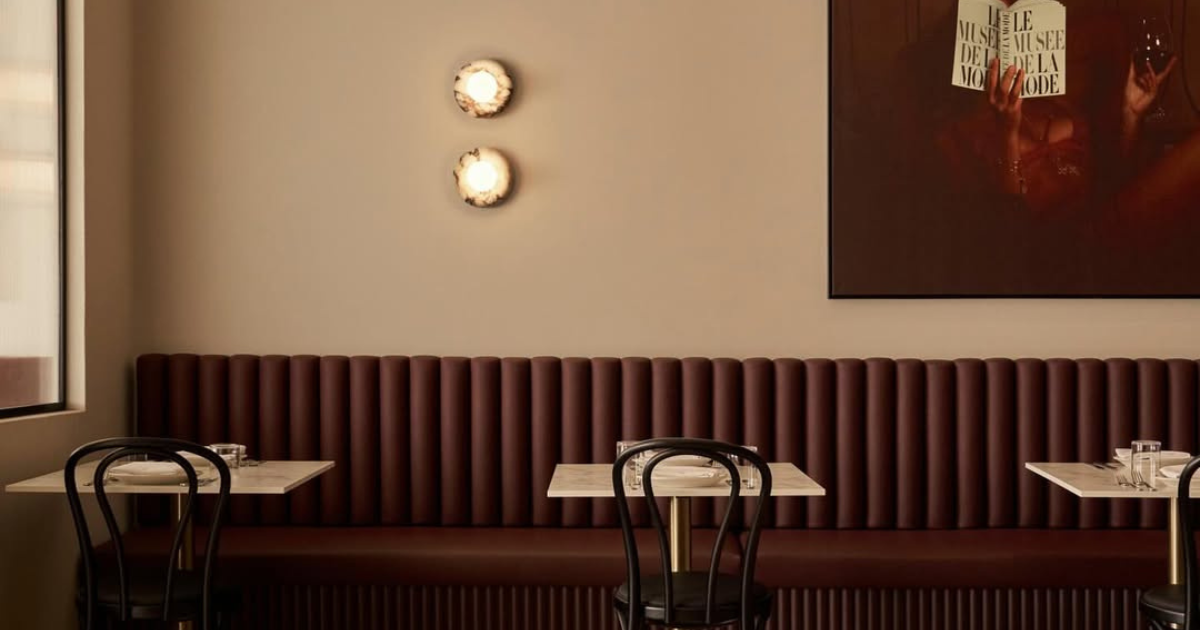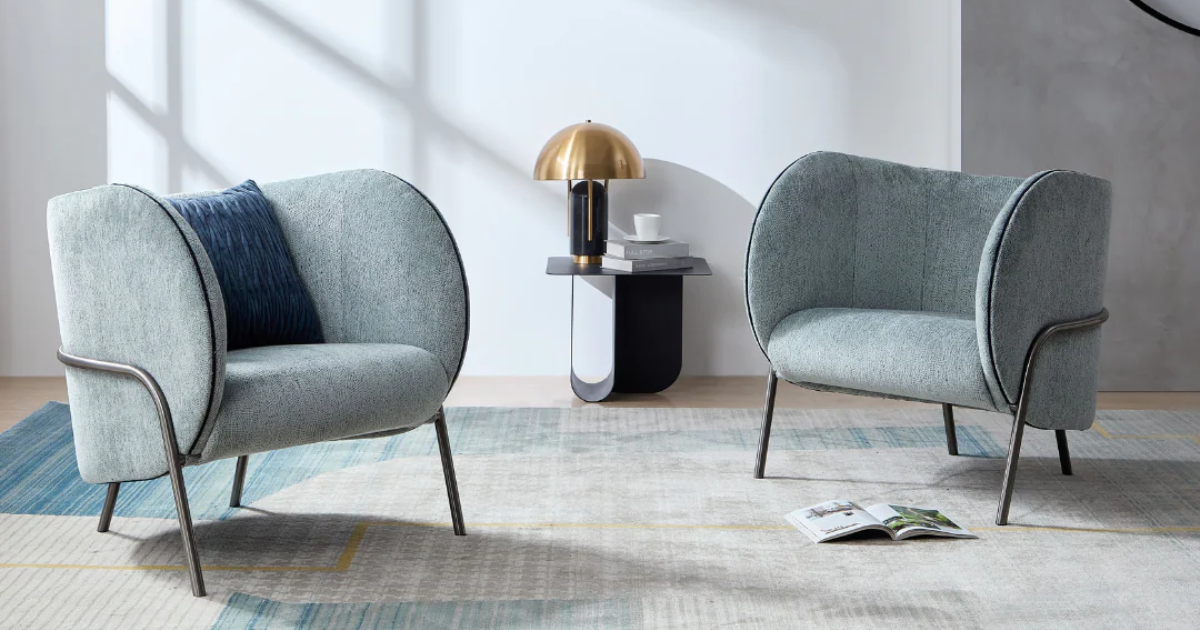If you’ve noticed little fuzzballs forming on your sofa or favourite chair, you’re not alone. This common issue, called fabric pilling, happens on everything from sofas and cushions to clothing and bedding. While it can make your furniture look a little tired, the good news is pilling is natural, manageable, and doesn’t mean your fabric is poor quality.
This guide will walk you through what fabric pilling is, why it happens, which fabrics are more prone to it, and—most importantly—how to prevent and remove it to keep your furniture looking fresh.
What is Fabric Pilling?
Fabric pilling refers to the small fuzzy balls of tangled fibres that appear on the surface of fabric. They’re usually caused by loose fibres twisting together through friction or contact. You’ll often see them on high-use areas of sofas—like seat cushions, armrests, or headrests—but they can also appear on clothing or bedding.
Think of pilling as your fabric “settling in.” When a new sofa is used daily, some surface fibres loosen and cling together. Over time, most excess fibres shed away, and the fabric smooths out.

What Causes Fabric Pilling?
-
Friction
Every time you sit, lean, or shift around, the fabric rubs against clothing or skin. This repeated motion loosens surface fibres, which twist into tiny balls. -
Fibre Transfer
Sometimes pills aren’t even from your sofa fabric! Loose fibres from blankets, cushions, or clothing (especially wool or synthetics) can stick to your sofa. If the pills look like a different colour than your fabric, fibre transfer is the likely culprit.
Is Pilling a Fabric Fault?
Not at all. Pilling is not a defect—it’s a natural characteristic of woven fabrics. It doesn’t mean your sofa is poor quality, nor does it affect durability or comfort. It’s simply part of everyday wear, and with the right care, you can minimise it.
How to Prevent Fabric Pilling
-
Rotate and Flip Cushions
Don’t let one spot take all the wear. Rotating seat and back cushions regularly helps distribute friction evenly. -
Choose Softer Throws and Cushions
Coarse, woolly, or heavily textured fabrics can rub harshly against your sofa. Opt for smooth, soft accessories to reduce abrasion. -
Vacuum Regularly
Dust and grit act like sandpaper. A weekly vacuum (using a soft brush attachment) keeps fibres clean and reduces friction. -
Mind Your Fabrics
If you love boucle, velvet, or brushed finishes, know that they may require a little more upkeep. Choosing performance fabrics—like water- and stain-resistant velvets—can reduce maintenance and make cleaning easier.
How to Remove Fabric Pilling
-
Fabric Shaver or Depiller
The easiest way to remove pilling is with a fabric shaver (also called a depiller). These devices safely trim off pills without damaging the fabric. -
Gentle Vacuuming or Lint Rollers
Weekly use prevents pills from forming and removes loose fibres before they clump. -
Specialised Cleaning Products
Stick to fabric-safe cleaners and avoid harsh chemicals, which can weaken fibres and make pilling worse.
Pro tip: Always work in small sections and use light pressure when depilling—this keeps your fabric smooth and long-lasting.
Does Pilling Weaken Fabric?
No. Pilling is surface-level only. It doesn’t affect the strength, structure, or life of your sofa. In fact, it usually lessens after the first few months of regular use once excess fibres are removed.

How Long Does Pilling Last?
The good news? Pilling doesn’t last forever. For most fabrics, it’s a short-term phase that happens in the first 3–6 months of regular use. Once the loose fibres are gone, the fabric surface evens out and the pilling slows down significantly—or stops altogether.
Different Fabrics & Their Tendency to Pill
Not all sofas pill at the same rate. Some fabrics are more prone than others:
-
Velvet & Chenille – Can show light pilling early on due to their plush fibres.
-
Woven Linen & Cotton Blends – More likely to pill, especially in high-use areas like seats and arms.
-
Polyester & Performance Fabrics – Generally pill less, but may still show light fuzzing at the start.
-
Wool Blends – Natural fibre blends can pill a little more but are easy to refresh with a fabric shaver.
The key thing to remember: pilling is not a sign of poor quality—it’s simply a natural fibre reaction.

Preventive Care & Aftercare Products
There are a few simple ways to manage or even prevent pilling:
-
Fabric Shaver or De-pilling Comb – Gently removes pills without damaging the fabric.
-
Regular Vacuuming – Helps lift loose fibres before they tangle into pills.
-
Fabric Protectors – Can reduce friction and keep the fibres stronger.
-
Throw Rugs & Cushions – Rotate regularly to spread wear across different areas.

Your Sofa is Still Perfect
It’s important to know that pilling is a cosmetic issue only. It doesn’t affect the durability or comfort of your sofa. In fact, it’s just part of your lounge settling into your lifestyle. With simple care, the pills can be removed easily and your sofa will continue to look stunning for years to come.
At Bubuland Home, we choose fabrics not just for their beauty, but also for their long-term performance in real Australian homes. So rest assured, a little pilling at the start is normal—and very easy to manage.



